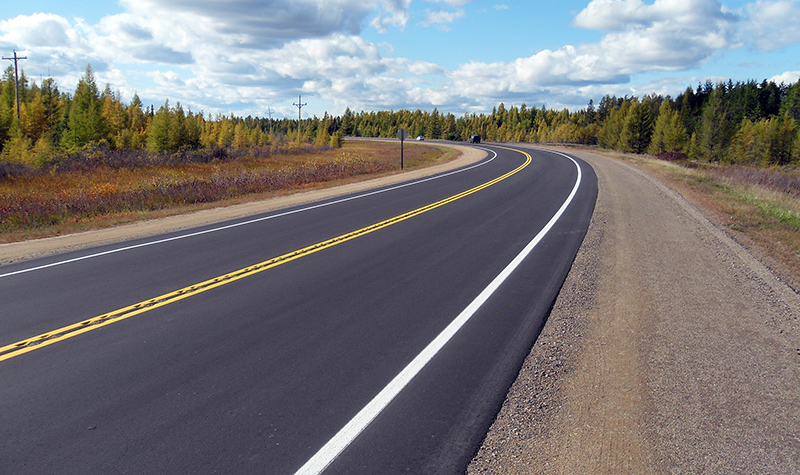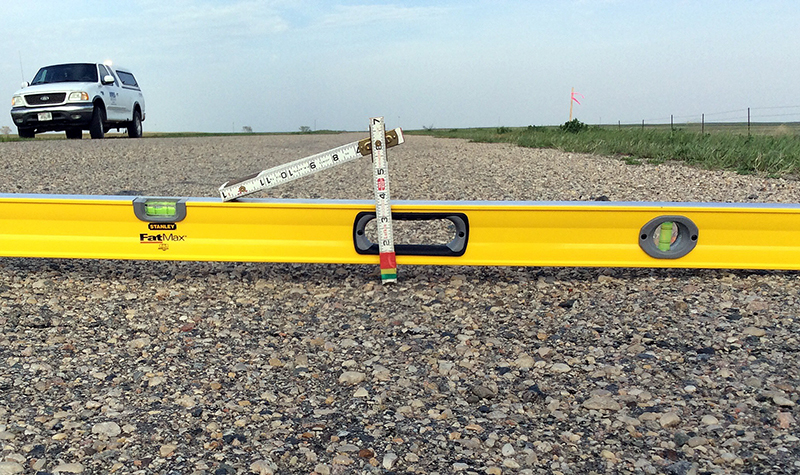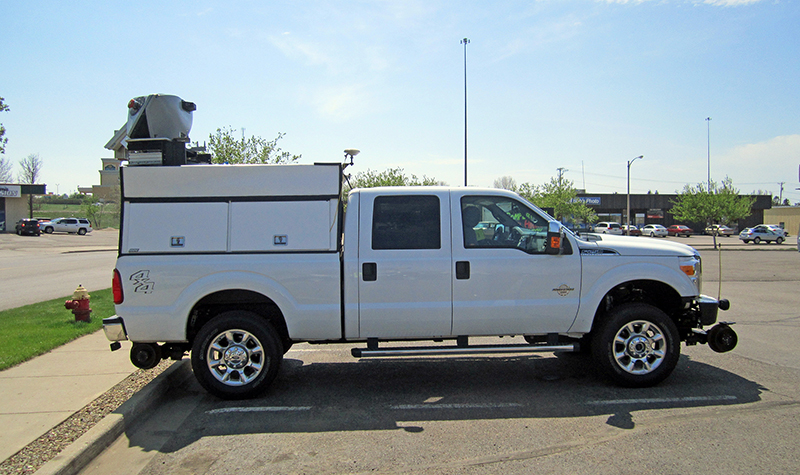PCI, PASER Provide Road Surface Report Cards
 By Mark Petersen, PE
By Mark Petersen, PE
Anyone driving a vehicle on a bumpy, rutted, potholed roadway can determine that the road needs attention, but the agencies responsible for funding repairs and replacements need a more reliable, scientific way to determine where limited highway dollars should be invested.

About the Expert:
Mark Petersen has been a transportation engineer with Ayres since 1999, working on urban and rural highways throughout Wisconsin. His primary responsibilities include project management, urban and rural state highway design, report preparation, utility coordination, and agency coordination.
Transportation experts rely on two measurements of roadway condition: the Pavement Condition Index (PCI) and the Pavement Surface Evaluation and Rating (PASER). PASER is faster, but PCI provides a more extensive evaluation of road conditions.
What Is Pavement Surface Evaluation and Rating?
It’s a method of measuring pavement surface condition. Transportation experts visually inspect the pavement and identify problems and concerns, assigning each a value on a scale of 1 to 10. This method focuses on the overall surface condition of the roadway and provides two primary pieces of information: a general indication of the surface condition of the roadway under examination and recommendations for maintenance or repair.

What Is the Pavement Condition Index?
This is also a way to measure pavement surface condition. The difference is that transportation experts go beyond what is required in the PASER method. They examine problem areas to determine the severity and extent of defects. Based on the overall examination, they rate the pavement condition from 0 to 100, with 100 as the best possible score.
For smaller pavement systems, the entire segment may be surveyed. For larger projects, a representative sample is evaluated, equating to 10% of each roadway segment.
How Is Technology Improving Pavement Evaluation Processes?
Manual inspection of road surfaces can be combined with mobile lidar to provide faster, more efficient, safer, and more detailed analysis of pavement conditions. Mobile lidar (light detection and ranging) uses a vehicle with lidar sensors to measure the pavement surface and a downward-facing camera system to take images of the roadway surface. This state-of-the-art technology collects accurate 3D road surface information that can be used to evaluate pavement conditions and make detailed recommendations for repairs or replacement.
Ayres staff recently inventoried more than 400 miles of paved roads that were to be used for a major hauling operation. A vehicle with mobile lidar sensors and a camera system took more than 385,000 images of the roadway surface to give a close, accurate look at 10% of the roadway. Each sample section was about 25 feet wide and 100 feet long; more than 2,000 individual areas were inspected.
 The team used the images to detect and measure defects in the roadways. Quality control checks were completed with in-person inspection at various locations along the projects, confirming that the automated crack detection was accurate. All data was logged into a PCI computation database. Ayres provided the client with an aggregated PCI score for each roadway segment for the entire pavement network.
The team used the images to detect and measure defects in the roadways. Quality control checks were completed with in-person inspection at various locations along the projects, confirming that the automated crack detection was accurate. All data was logged into a PCI computation database. Ayres provided the client with an aggregated PCI score for each roadway segment for the entire pavement network.
This gave a base line of the pavement condition before the major hauling operations began. After the hauling was completed, the process could be repeated using the same data collection and processing methods to determine the change in PCI for each roadway segment.
PASER Method
A quick look at some of the PASER ratings gives an idea of how transportation experts use this method to help determine the future of a roadway.
10 Excellent
No visible distress; new construction
8 Very Good
No longitudinal cracks except reflection of paving joints. Occasional transverse cracks, widely spaced (40 feet or greater). All cracks sealed or tight (open less than a quarter-inch). Recent sealcoat or new cold mix. Little or no maintenance required.
6 Good
Slight raveling and traffic wear. Longitudinal cracks (open quarter-inch to half-inch). Transverse cracks (open quarter-inch to half-inch), some spaced less than 10 feet. First sign of block cracking. Slight to moderate flushing or polishing. Occasional patching in good condition. Shows signs of aging. Sound structural condition. Could extend life with sealcoat.
4 Fair
Severe surface raveling. Multiple longitudinal and transverse cracking with slight raveling. Longitudinal cracking in wheel path. Block cracking (over 50% of surface). Patches in fair to poor condition. Moderate rutting or distortion (greater than half-inch but less than 2 inches deep). Occasional potholes. Significant aging and first signs of need for strengthening. Would benefit from a structural overlay (2 inches or more).
2 Very Poor
Alligator cracking (over 25% of surface). Severe rutting or distortions (2 inches or more deep). Extensive patching in poor condition. Potholes. Severe deterioration. Needs reconstruction with extensive base repair. Pulverization of old pavement is effective.
1 Failed
Severe distress with extensive loss of surface integrity. Failed. Needs total reconstruction.

Post a comment: